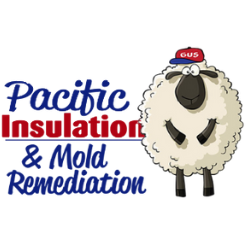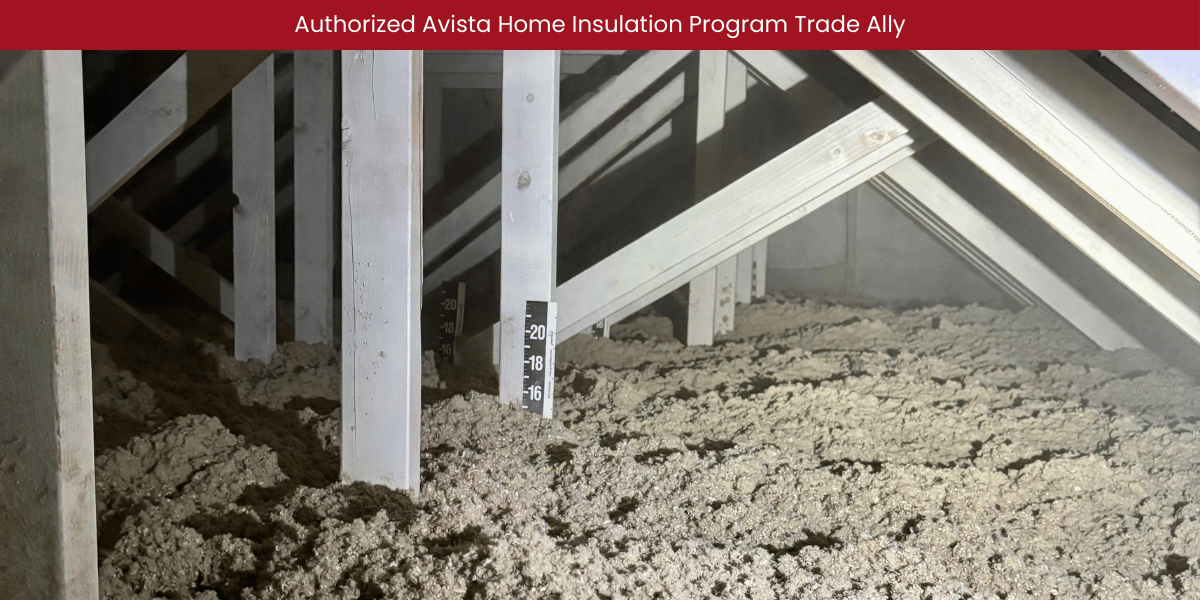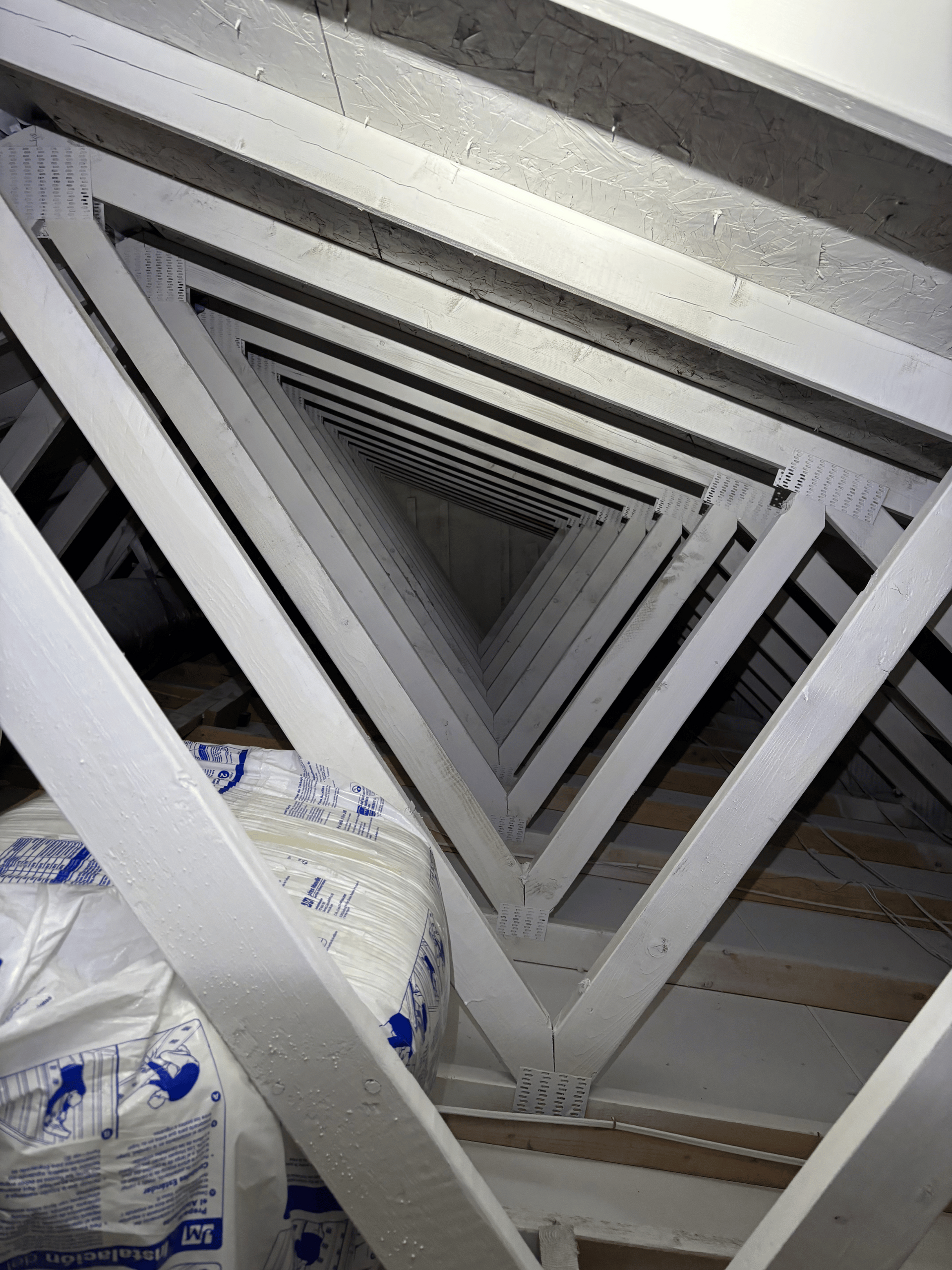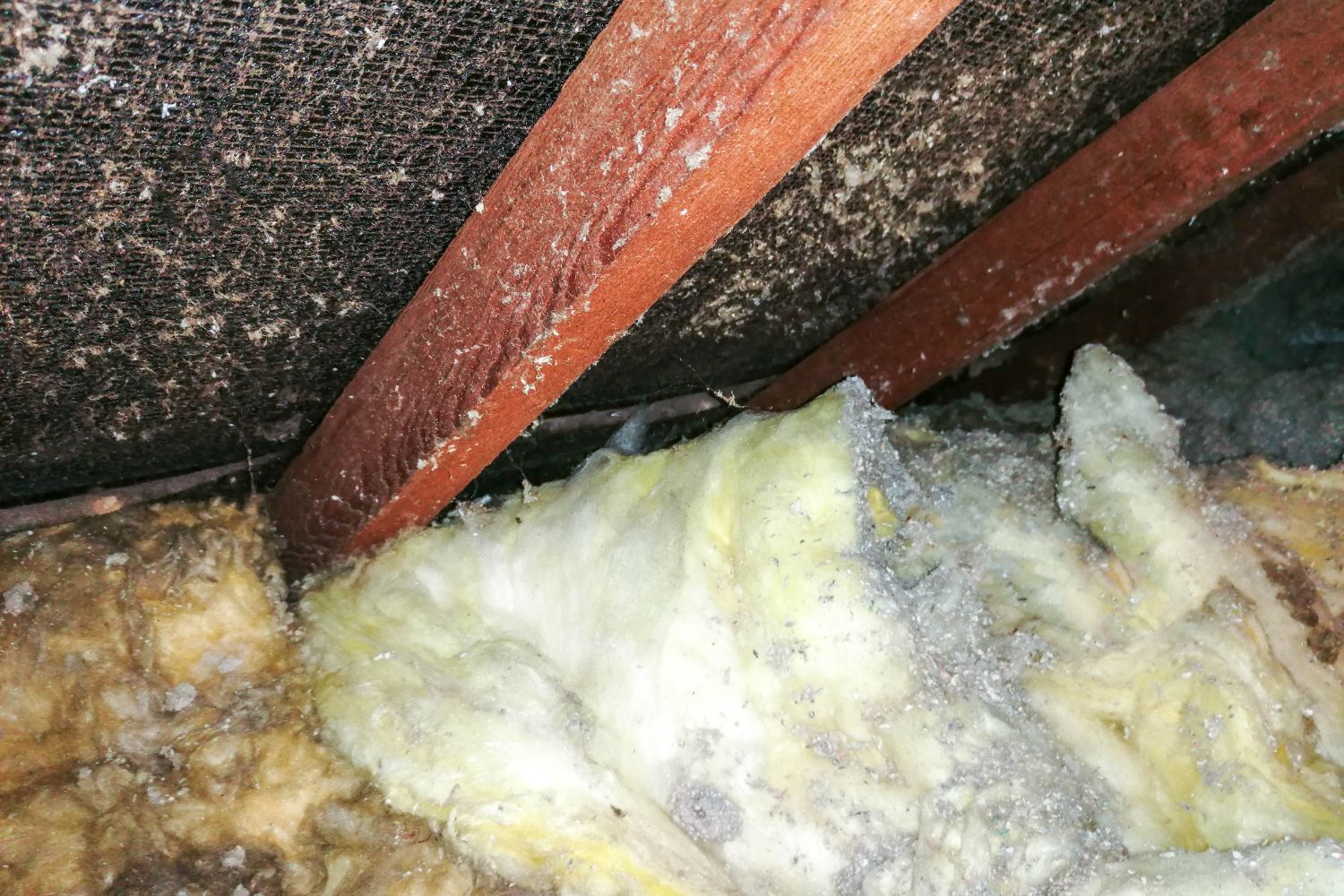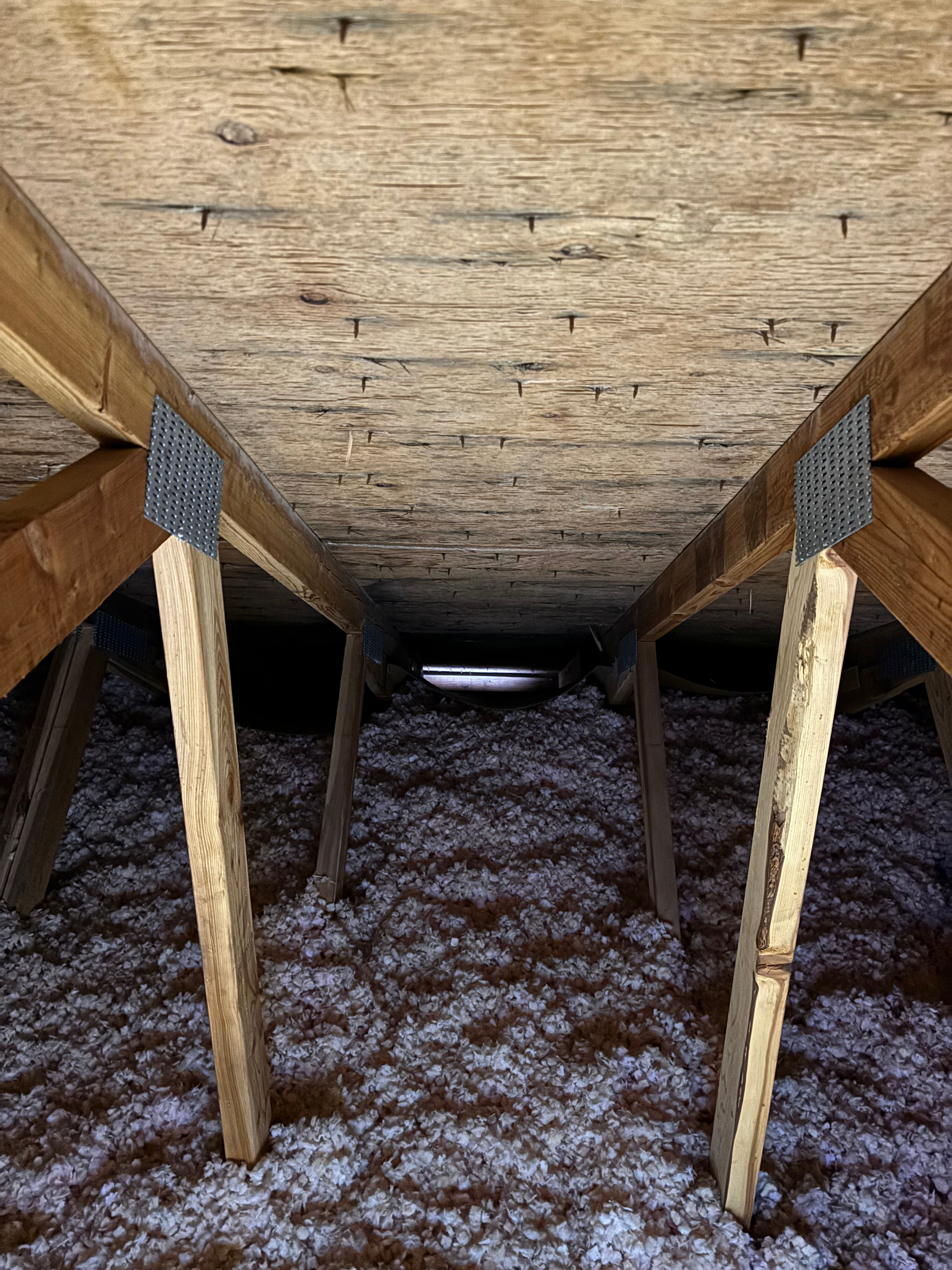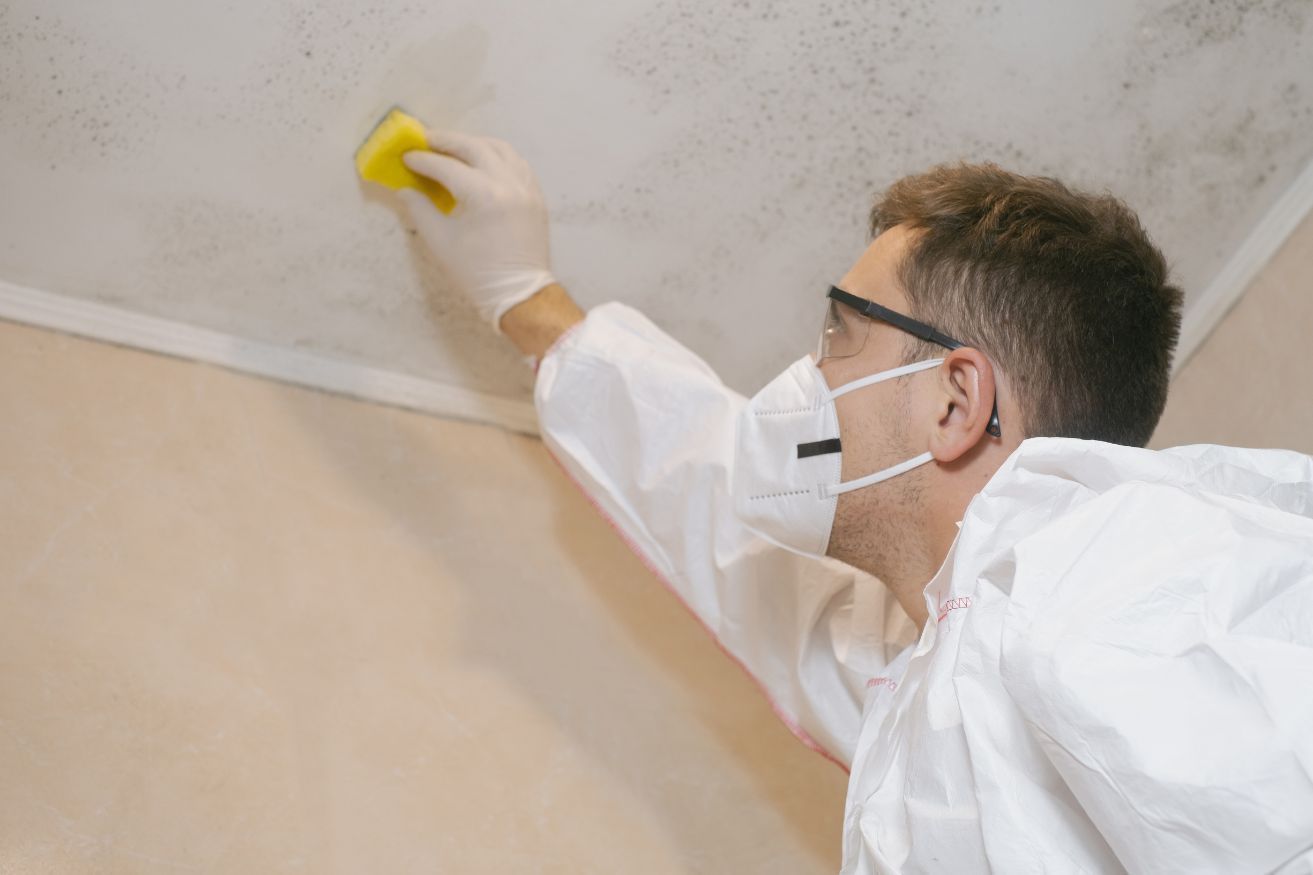Black Mold in Attics in Spokane
Black mold in attics is a serious concern for homeowners in Spokane, WA. With the region's cold winters, damp springs, and hot summers, mold growth in attics is more common than many realize. Left untreated, black mold can threaten your home's structural integrity and the health of your family.
What Is Black Mold?
Black mold, or Stachybotrys chartarum, is a toxic fungus that thrives in moist, poorly ventilated environments. It often appears as dark green or black patches on wood, insulation, and drywall.
In Spokane attics, it tends to grow due to:
- Inadequate ventilation
- Poor insulation
- Roof leaks
- Condensation from warm indoor air meeting cold attic surfaces
Why Is Black Mold Dangerous?
Black mold produces mycotoxins, which can become airborne and spread throughout your home. These toxins are especially harmful to those with asthma, allergies, or weakened immune systems.
Health symptoms include:
- Chronic coughing or sneezing
- Irritated eyes and throat
- Headaches and fatigue
- Skin rashes or worsening allergy symptoms
For Spokane homeowners, long-term exposure to black mold can significantly impact quality of life, especially during winter months when indoor air circulation is limited.
How to Identify Mold in Your Attic
Common signs of attic mold include:
- Dark stains or fuzzy growth on wood beams or insulation
- Musty, damp odors coming from ceilings or attic vents
- Visible condensation on rafters or the underside of the roof
- Warping or softening of wood materials
If any of these signs are present, it's crucial to schedule a professional mold inspection.
Why Immediate Treatment Matters
In Spokane's variable climate, untreated black mold spreads rapidly. Delaying remediation can lead to:
- Extensive structural damage
- High repair costs
- Increased health risks
- Decreased home value
Additionally, black mold in the attic often goes unnoticed until it's already widespread, making early intervention critical.
Professional Mold Remediation in Spokane
Treating attic mold is not a DIY job. Certified mold remediation professionals in Spokane use specialized tools to:
- Identify the extent of mold growth
- Contain and safely remove contaminated materials
- Treat affected areas to prevent regrowth
- Restore proper ventilation and moisture control
Local professionals also understand Spokane’s climate-specific risks, ensuring mold is not only removed but prevented from coming back.
Preventing Future Mold Growth
To keep your attic mold-free:
- Install proper attic ventilation
- Seal air leaks from bathrooms and kitchens
- Ensure your roof and gutters are well-maintained
- Use a dehumidifier in moist months if needed
- Schedule seasonal attic inspections
Conclusion
Black mold in Spokane attics is more than just an eyesore—it’s a serious threat. If you suspect mold in your home, don't wait. Professional treatment is essential to protect your property, your health, and your peace of mind.
